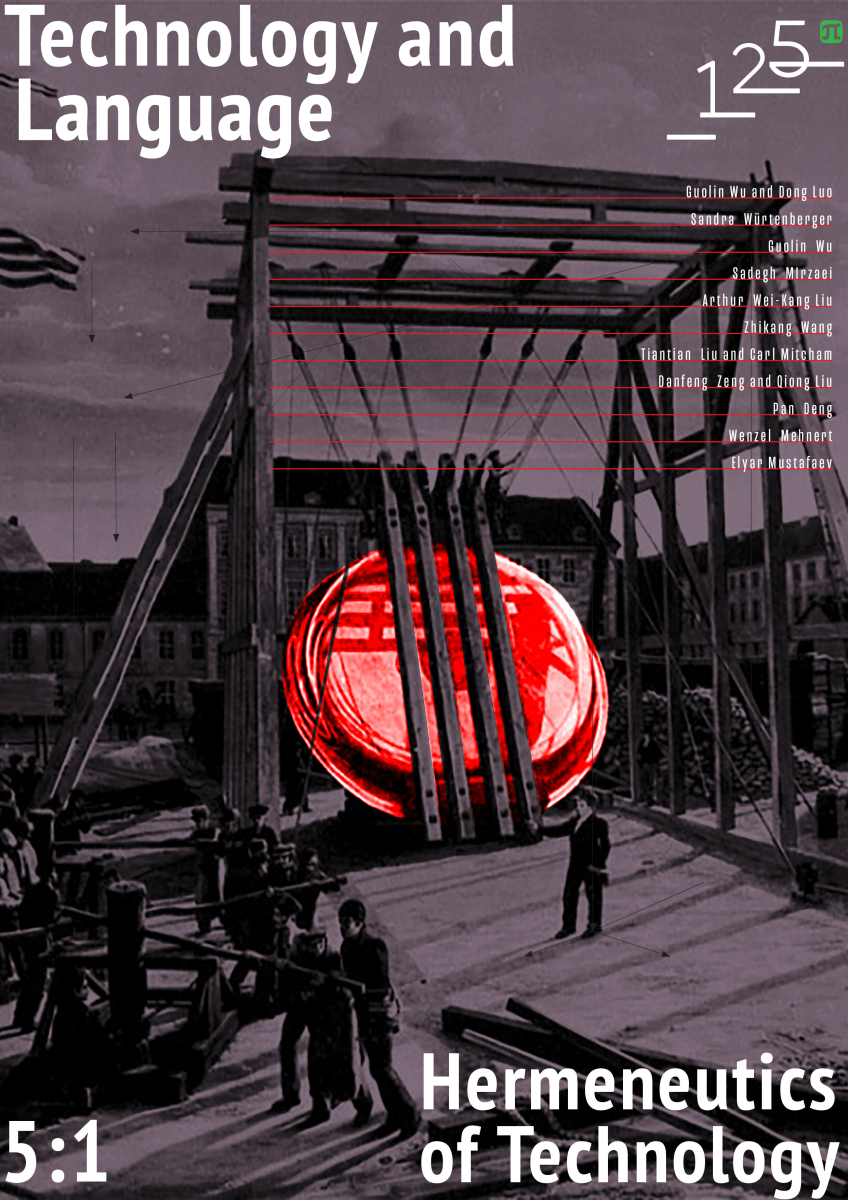Binocular Dissociation in Ethnographic Narratives of VR Art
This paper is a study of binocular dissociation that targets ethnography in the narratives of VR art. While most virtual reality head-mounted displays today use binocular vision systems, this paper proposes to use the anti-stereopsis tradition of binocular dissociation to create VR works. It begins with one of the earliest experiments with binocular vision by Wheatstone. To demonstrate the pertinence of such an experiment, a case study illustrates the idea of binocular rivalry in VR. The other case, created by the author, focuses on the simulation of the “land-sickness” of the Tanka people, a marginal ethnic group living mostly in boats on the waters of China. The practice in this case uses binocular dissociation to induce binocular rivalry or even disorientation in the viewers in order to produce an ethnographic VR effect that is based in the experience of the Tanka people. The fundamental purpose of this paper is to discuss technological life and cultural contexts through media experiments, and it regards the Tanka people as a representation of the current cultural contexts of technological art: The dichotomy between “water people” and “land people” embodied by this ethnic group and the “land-sickness” caused by the uncomfortable shifting between sea and land spaces becomes a poignant metaphor. The visual experiments with devices for binocular vision not only act as analogues for the ethnographic pictures of the Tanka people. They also create illustrative links between technological life and cultural identity.



